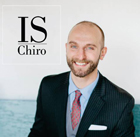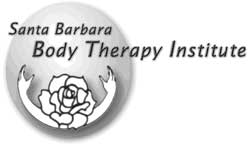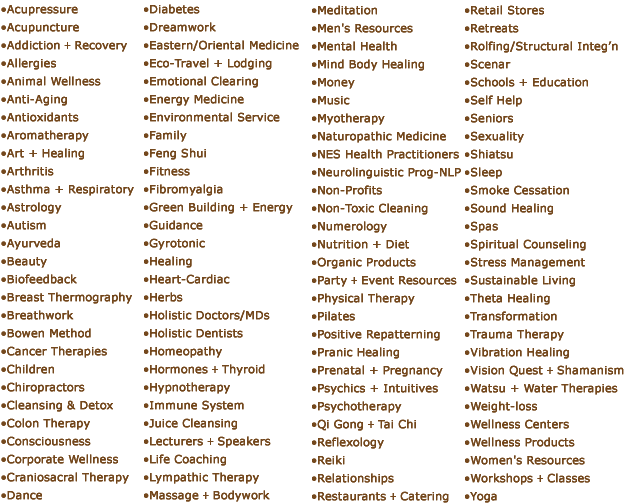Santa Barbara Massage & Bodywork; Goleta, Ventura & Ojai, CA (Non-Sexual) |
Santa Barbara Massage & Bodywork
|
|
|
|
Massage Schools
Los Angeles Massage |
Definition
of Massage
Massage is the manipulation of superficial and deeper layers of muscle and connective tissue to enhance function, aid in the healing process, and promote relaxation and well-being. The word comes from the French massage "friction of kneading", or from Arabic massa meaning "to touch, feel or handle" or from Latin massa meaning "mass, dough", cf. Greek verb (masso) "to handle, touch, to work with the hands, to knead dough". In distinction the ancient Greek word for massage was anatripsis, and the Latin was frictio. Massage involves acting on and manipulating the body with pressure – structured, unstructured, stationary, or moving – tension, motion, or vibration, done manually or with mechanical aids. Target tissues may include muscles, tendons, ligaments, fascia, skin, joints, or other connective tissue, as well as lymphatic vessels, or organs of the gastrointestinal system. Massage can be applied with the hands, fingers, elbows, knees, forearm, and feet. There are over eighty different recognized massage modalities. The most cited reasons for introducing massage as therapy have been client demand and perceived clinical effectiveness. In professional settings massage involves the client being treated while lying on a massage table, sitting in a massage chair, or lying on a mat on the floor. The massage subject may be fully or partly unclothed. Parts of the body may be covered with towels or sheets. Those who practice massage as a career are referred to as masseurs, masseuses, or, if certified, as massage therapists. Modern times China: In modern times, massage in China has developed by absorbing western ideas into the traditional framework. It is widely practiced and taught in hospital and medical schools and is an essential part of primary healthcare. United States: Massage started to become popular in the United States in the middle part of the 19th century and was introduced by two New York physicians based on Per Henrik Ling's techniques developed in Sweden. During the 1930s and 1940s massage's influence decreased as a result of medical advancements of the time, while in the 1970s massage's influence grew once again with a notable rise among athletes. Massage was used up until the 1960s and 1970s by nurses to help ease patients’ pain and help them sleep. Because it is illegal to advertise or offer sexual services in much of the United States, these are sometimes advertised as "Asian massage" or under the terms "masseuse" or "masseur"; this has contributed to the rise of the term "massage therapy" in an attempt to provide a distinction between sexual and non-sexual services. Source: www.wikipedia.org Benefits of Massage
Types of Massage & Vocabulary massage chair - portable, padded chair designed to fully support the relaxed weight of the massage client. massage table - padded table designed specifically for massage in a recumbent position. classical Western - method of therapeutic friction, kneading and stroking of the body derived from European anatomic and physiologic concepts. craniosacral - a holistic healing practice that uses very light touching to balance the craniosacral system in the body, which includes the bones, nerves, fluids, and connective tissues of the cranium and spinal area. connective tissue (CTM) - a diagnostic and therapeutic treatment that involves stroking and pulling deep connective tissues to release the existing tension and return them to a natural alignment. May be uncomfortable and produce vasodilatation and sweating. deep-tissue - a style of massage that uses strong pressure; slow, deep strokes; and friction across the muscle grain to release chronic muscle tension. neuromuscular - a style of massage used to relieve pain, stimulate circulation, and loosen trigger points. This form of massage focuses on individual muscles rather than muscle groups and uses deep pressure. orthopedic - a therapeutic approach to injury and pathology treatment of the locomotor system; uses multiple techniques. recovery - massage designed to address the needs of an uninjured athlete directly after a competition or a vigorous workout. The focus is on minimizing fatigue or soreness and cleansing tissues to shorten recuperation time. reflexology - a therapeutic method of relieving pain by stimulating predefined pressure points on the feet and hands. This controlled pressure alleviates the source of the discomfort. In the absence of any particular malady or abnormality, reflexology may be as effective for promoting good health and for preventing illness as it may be for relieving symptoms of stress, injury, and illness. rehabilitation - massage used specifically to speed re-covery after surgery or in cases of injury. remedial - massage designed to help recovery from mild to moderate injuries. shiatsu - a manipulative therapy developed in Japan and incorporating techniques of anma (Japanese traditional massage), acupressure, stretching, and Western massage. Shiatsu involves applying pressure to special points or areas on the body in order to maintain physical and mental well being, treat disease, or alleviate discomfort. This therapy is considered holistic because it attempts to treat the whole person instead of a specific medical complaint. All types of acupressure generally focus on the same pressure points and so-called energy pathways, but may differ in terms of massage technique. Shiatsu, which can be translated as finger pressure, has been described as needle-free acupuncture. sports - a style of massage that works specifically on problems resulting from athletic performance, training, and injury. This form of massage uses techniques similar to those of Swedish and deep-tissue massages. See also massage, deep-tissue and massage, Swedish. Swedish - systematic soft tissue manipulation applied directly to the skin via effleurage, petrissage, friction, tapotement, and vibration. Developed by Swedish physiologist and gymnast Per Henrik Ling (1776–1839). Thai - a style of bodywork that incorporates aspects of Ayurveda, Chinese medicine, and Thai Buddhist meditation. Its form is similar to like facilitated yoga because of its emphasis on opening and stretching the body. It uses acupuncture meridians to move energy, and its slow pace is conducive to of contemplative states of consciousness. Also called noad bo-rom, Thai yoga-massage, Thailand medical massage, or traditional Thai massage Source: Jonas: Mosby's Dictionary of Complementary and Alternative Medicine. (c) 2005, Elsevier. |
||||
![]()
all website
content copyright © 2003-2014
Santa Barbara Wellness Directory
Santa Barbara, CA 93101
info@SBWellnessDirectory.com
~ 805-722-5729
Santa
Barbara Website Design by Artemis Studios ![]() Santa Barbara
Website Marketing
Santa Barbara
Website Marketing


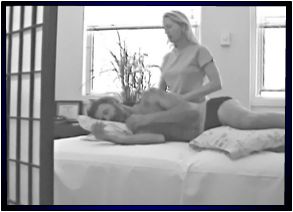
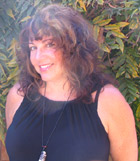
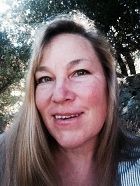
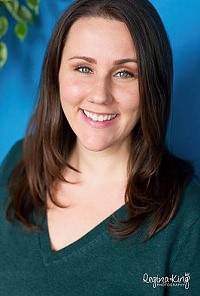
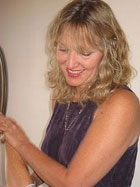
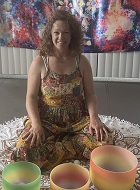
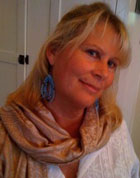
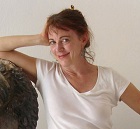
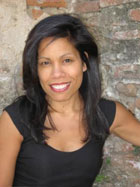
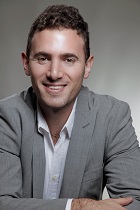 Santa
Barbara Therapeutic Bodywork & Injections
Santa
Barbara Therapeutic Bodywork & Injections